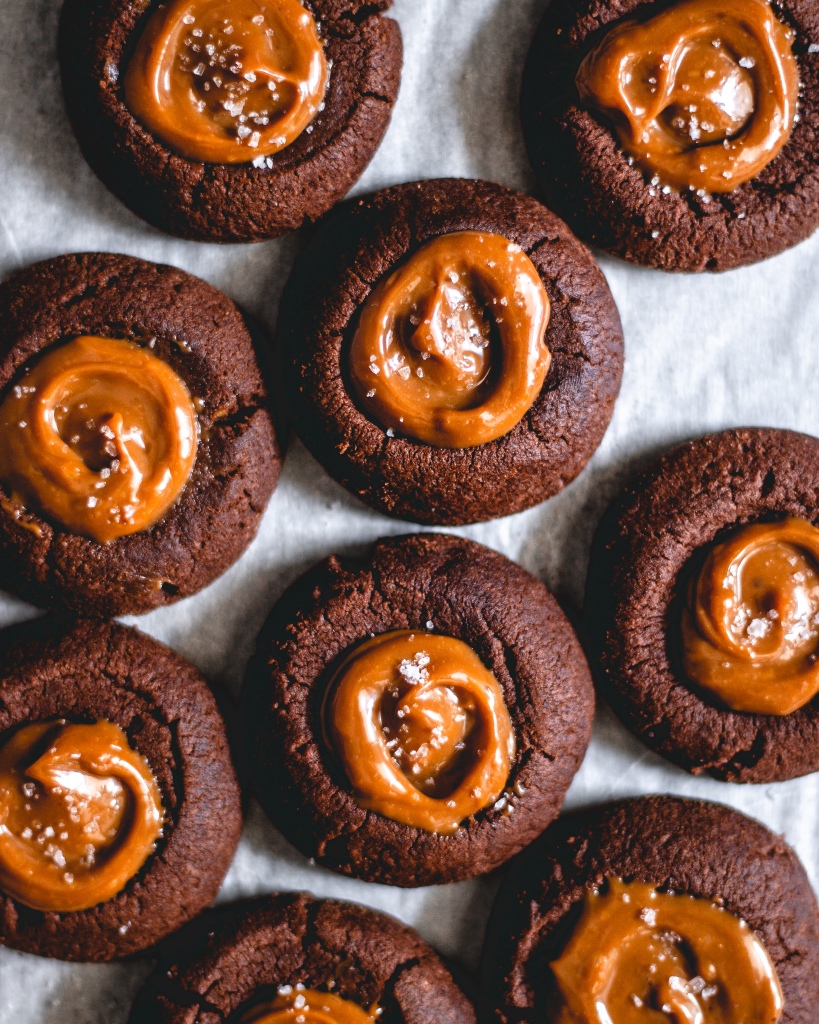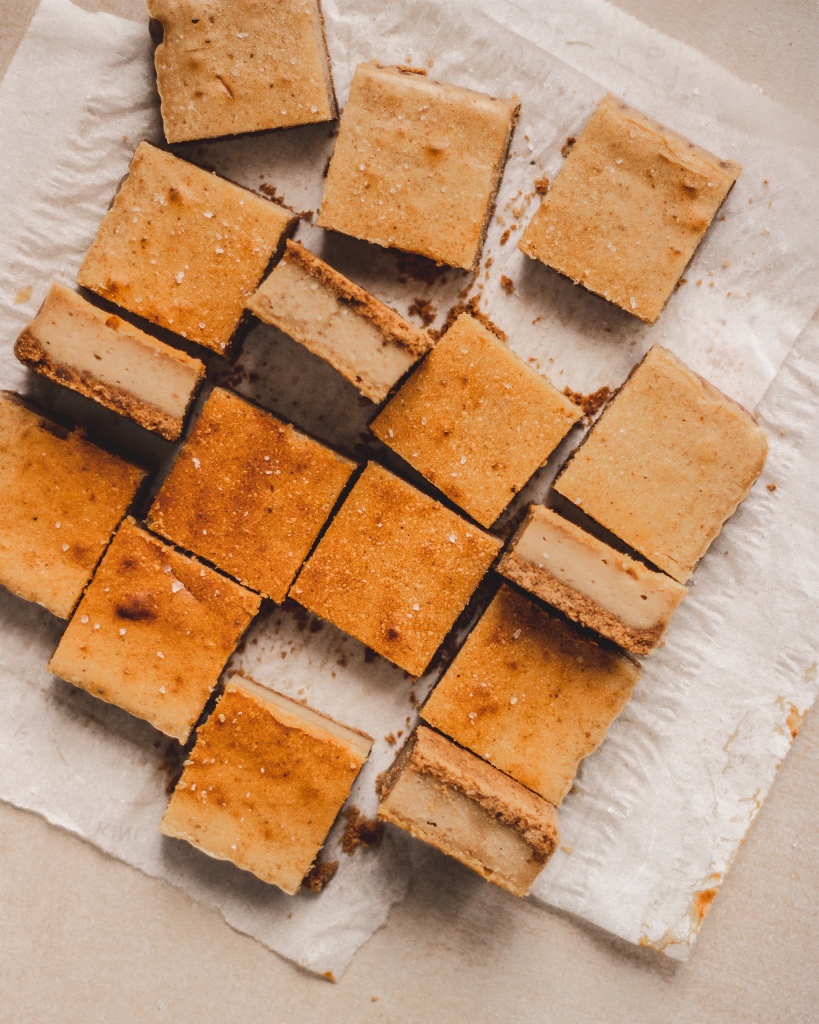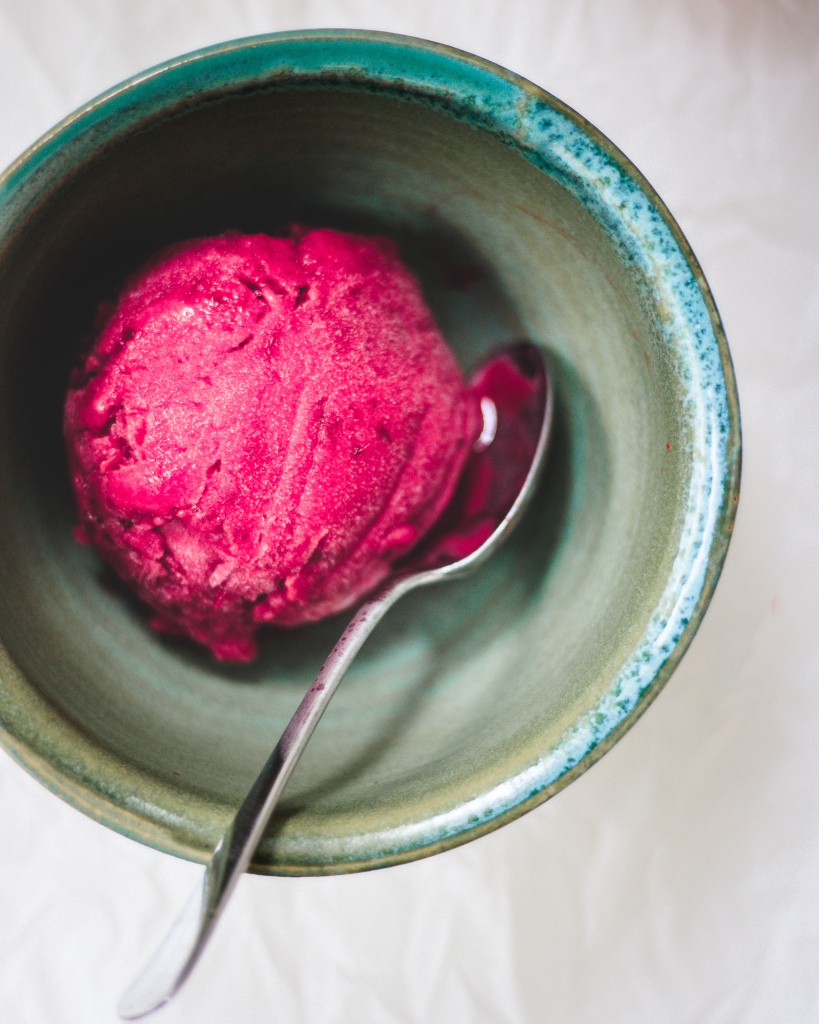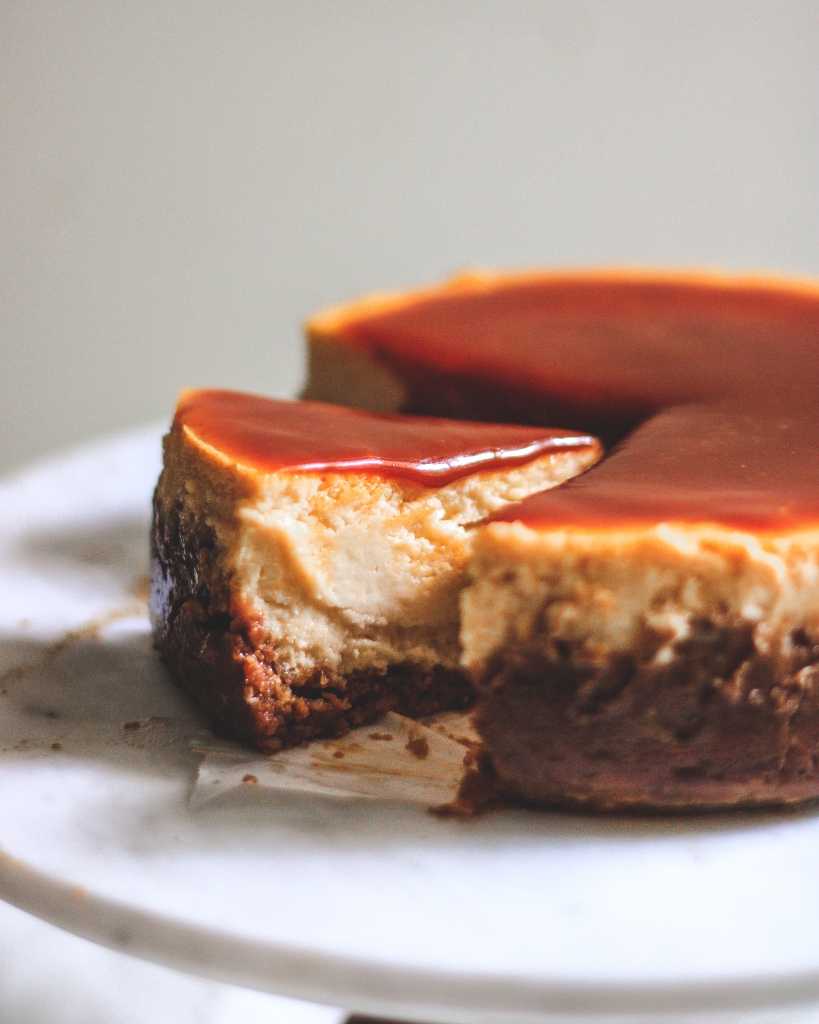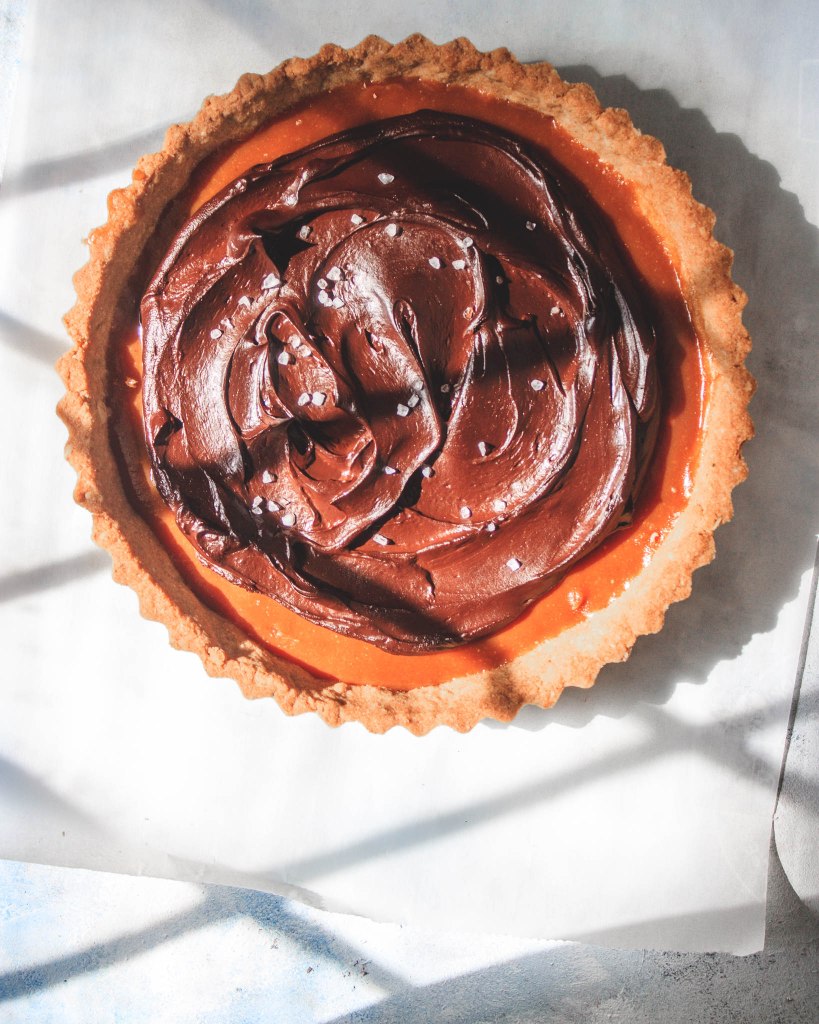
This Salted Caramel Peanut Butter Chocolate Tart has it all. There’s chocolate, peanut butter and salted caramel all in one bite. It doesn’t get much better than that! Plus a super buttery and nutty peanut crust that becomes deliciously toasty when baked. Although this tart has a few different elements, they’re all incredibly simple and quick to make.
What are these 3 delicious layers?
- Peanut Biscuit Crust made from peanuts, biscuits and melted butter
- Peanut Butter Salted Caramel made using homemade peanut butter and salted caramel
- Chocolate Ganache made using a combination of dark and milk chocolate + heavy cream
Notes:
*This recipe serves 7-8. It’s not a huge tart, but is quite rich, which is why I recommend serving small slices.
*I used peanut biscuits here for an extra nutty flavour. You can substitute with any biscuit of your choice: digestive biscuits, oreos, graham crackers..the possibilities are endless. However, do note that you might need to adjust the amount of butter depending on the kind of biscuit you use.
*You can absolutely use store-bought peanut butter here. The recipe uses only a couple of tablespoons, so it won’t make a huge difference. It will make this recipe a lot easier and quicker. I, however, like to overcomplicate everything. So, I made my own. I like homemade peanut butter because I can control the amount of sugar in the recipe since I make mine using only roasted peanuts and salt.
*I know I sprinkle flaky sea salt on top of everything, but on this tart, it is absolutely essential. That final sprinkle of saltiness is what brings it all together. If you’re in the mood for something fancier, add a little extra drizzle of peanut butter or salted caramel!
*While assembling the tart, make sure each layer is completely cooled before adding the next. This will ensure nice clean layers. This is especially important with the ganache layer. If spread on the caramel while still warm, it will melt into the caramel and become a mess.
*If you want to make this recipe ahead of time, make the shell and caramel layer and leave in the fridge. Prepare the ganache an hour before you want to serve and spread on top. Then leave to set at room temperature.
*The tart will keep in the fridge for 4-5 days, stored in an air-tight container.
Ingredients:
For the peanut crust:
- 30g roasted peanuts
- 130 g digestive biscuits or peanut flavoured biscuits
- 100g unsalted butter, melted
For the peanut butter salted caramel:
- 150 g caster sugar
- 120ml heavy cream
- 13g unsalted butter
- 1/2 tsp fine sea salt
- 2 tablespoons peanut butter
For the chocolate ganache:
- 30 g dark chocolate (70% or above)
- 30 g milk chocolate
- 50 ml heavy cream (or a mixture of 30 ml heavy cream and 20 ml whole milk)
Method:
- Pre-heat oven to 180C. To make the biscuit base, add the biscuits and peanuts to a food processor and process until a fine crumb forms. Transfer to a bowl and pour in the melted butter. Mix until you have something that resembles wet sand. Press into a 7 inch tart tin with a removable base, make sure it is pressed in tightly.
- Bake for10-12 minutes just until the biscuit base starts to turn golden. Remove from the oven and set aside to cool.
- For the caramel layer, add the sugar to a saucepan and cook over medium heat until it reaches a dark amber colour. Do not stir or the sugar will crystallise. Once it is dark and smoking, remove from heat and immediately whisk in the cream. Be careful as the mixture will bubble and splatter. Then add in the butter, salt and vanilla, and whisk to combine. Finally add in the peanut butter and whisk until smooth. Set aside to cool for 10 minutes and then pour onto the cooled biscuit base.
- Place the tart into the fridge to set for at least 2-3 hours. You can even leave it in overnight. Once set, the caramel will be slightly firm.
- To make the ganache, add both kinds of chopped chocolate to a heat-proof bowl and melt over a double-boiler. In another saucepan, add the cream and cook on low heat until just simmering. Do not boil. Remove both from heat and pour the cream into the chocolate. Use a balloon whisk to bring the ganache together. It should be silky and shiny.
- If your ganache looks grainy or separated, add it to a saucepan over the lowest heat. Add in a teaspoon of warm milk at a time and use a balloon whisk to mix it in. As the ganache melts, it will become nice and silky again. Let cool for 10 minutes and then spread on top of the caramel layer, but not all the way to the edge. Finally sprinkle flaky sea salt on top and leave to set at room temperature for about an hour. If it is warm where you live, set in the fridge.

